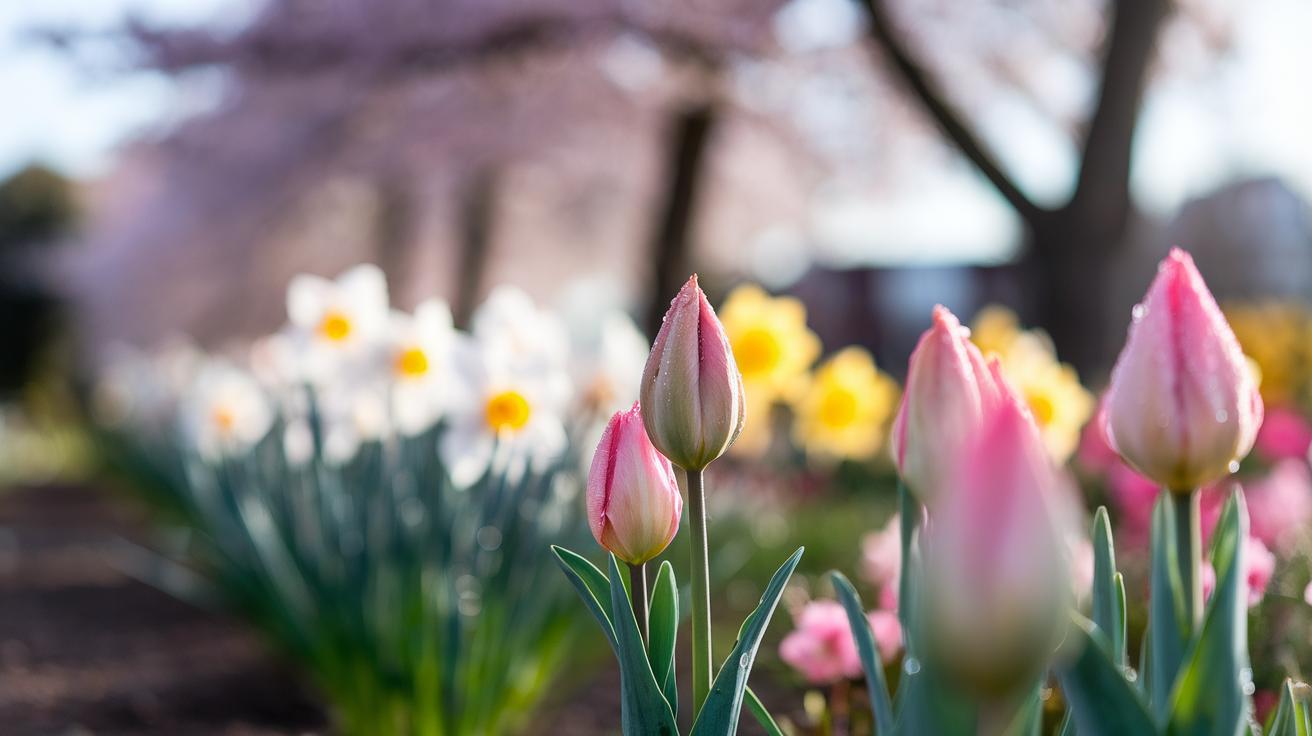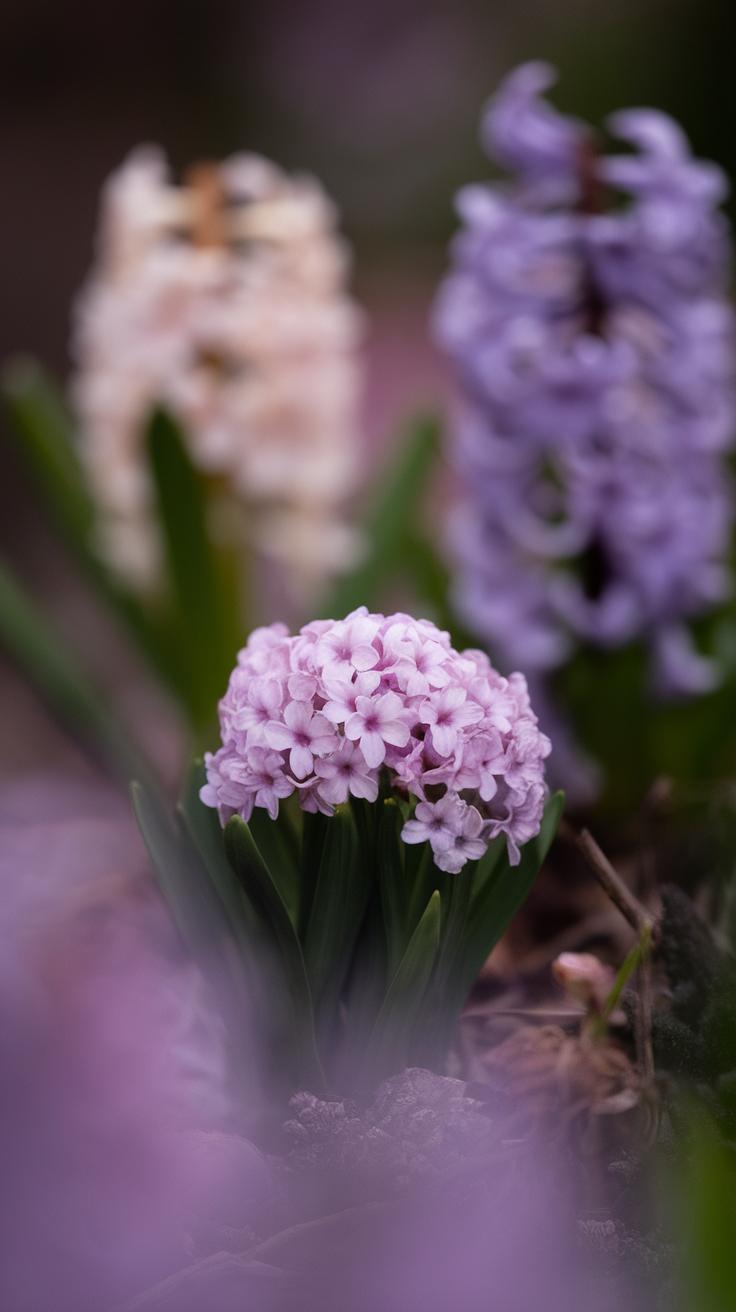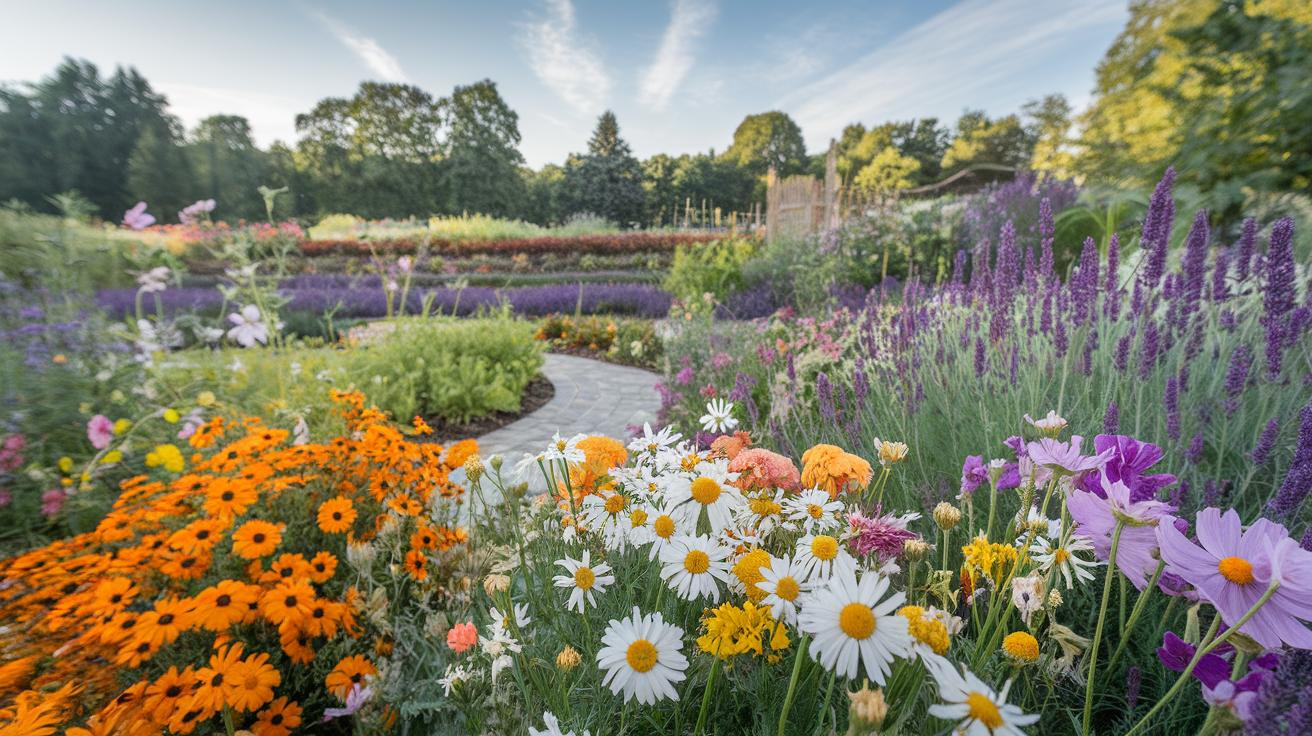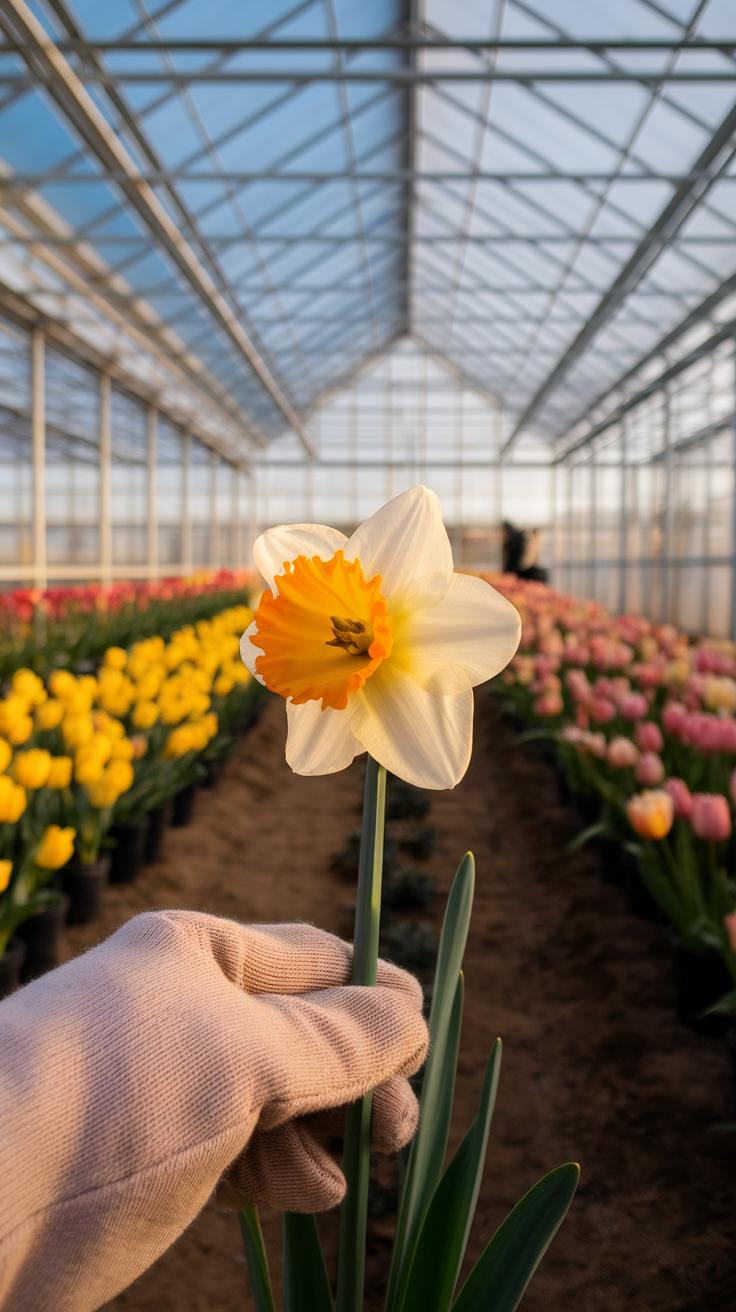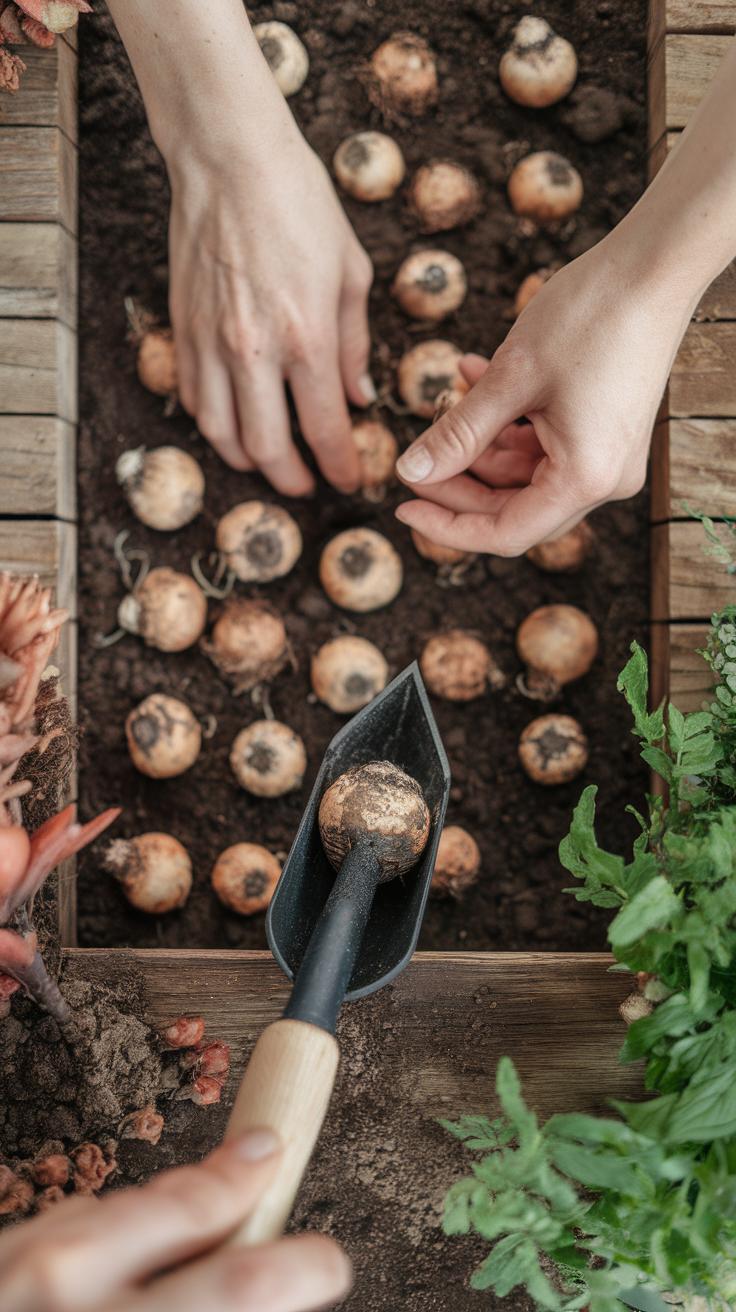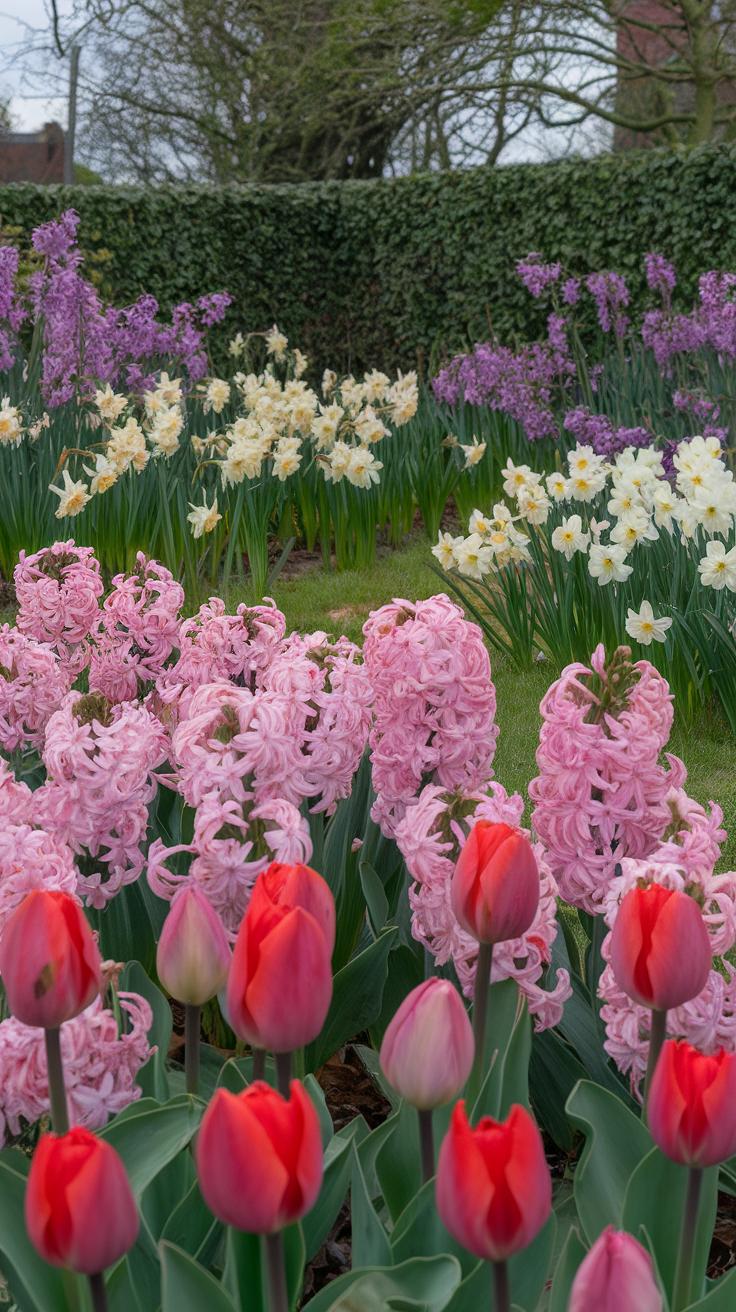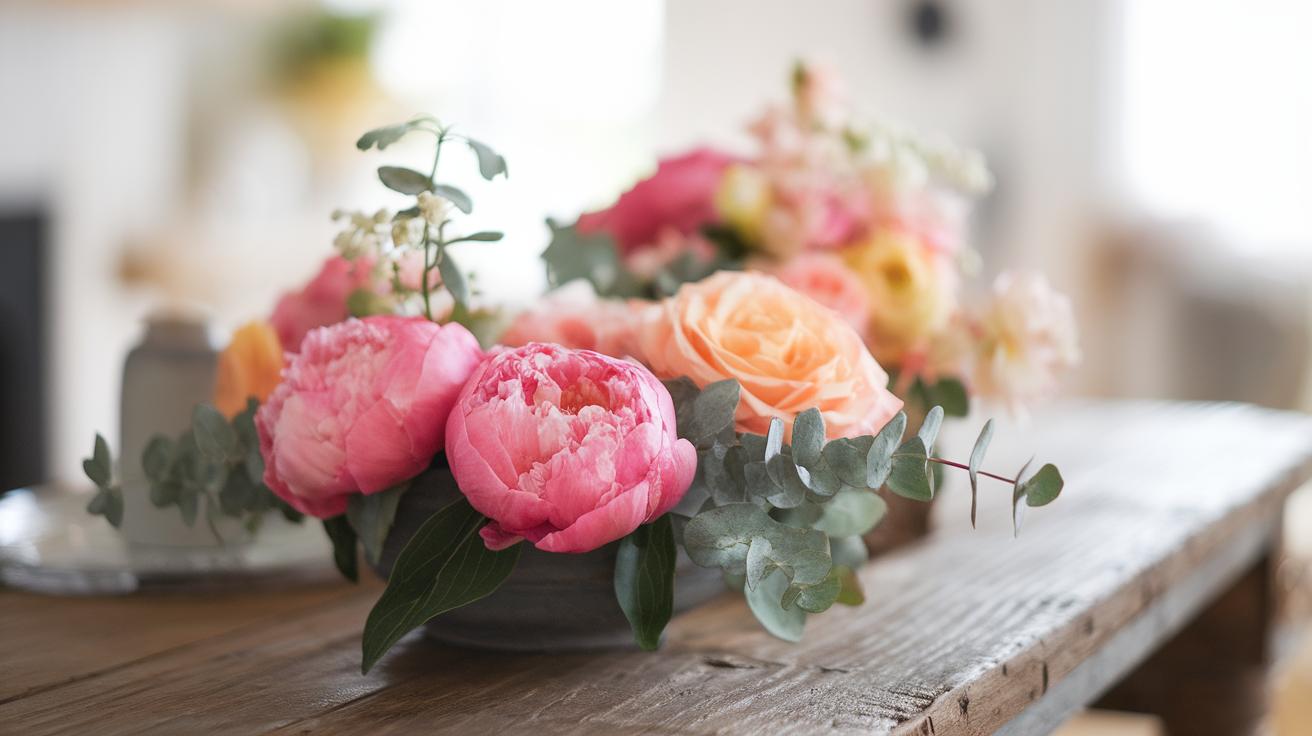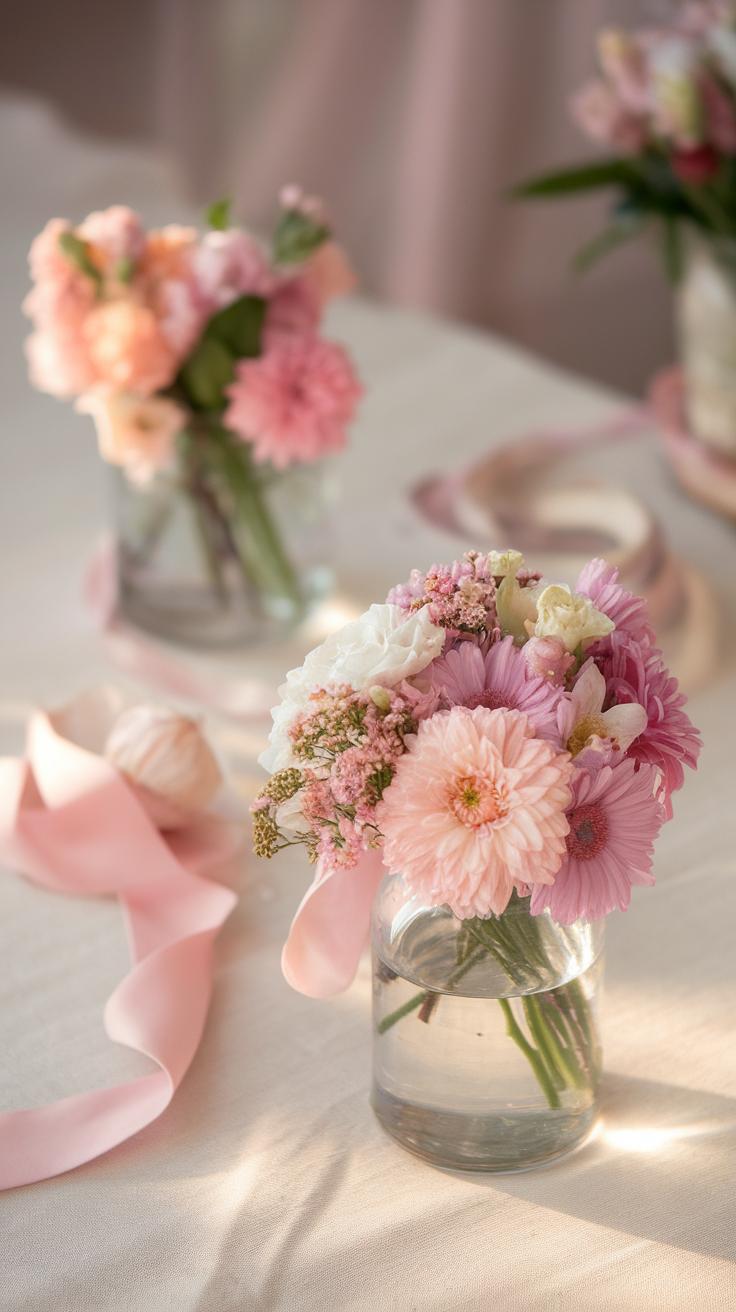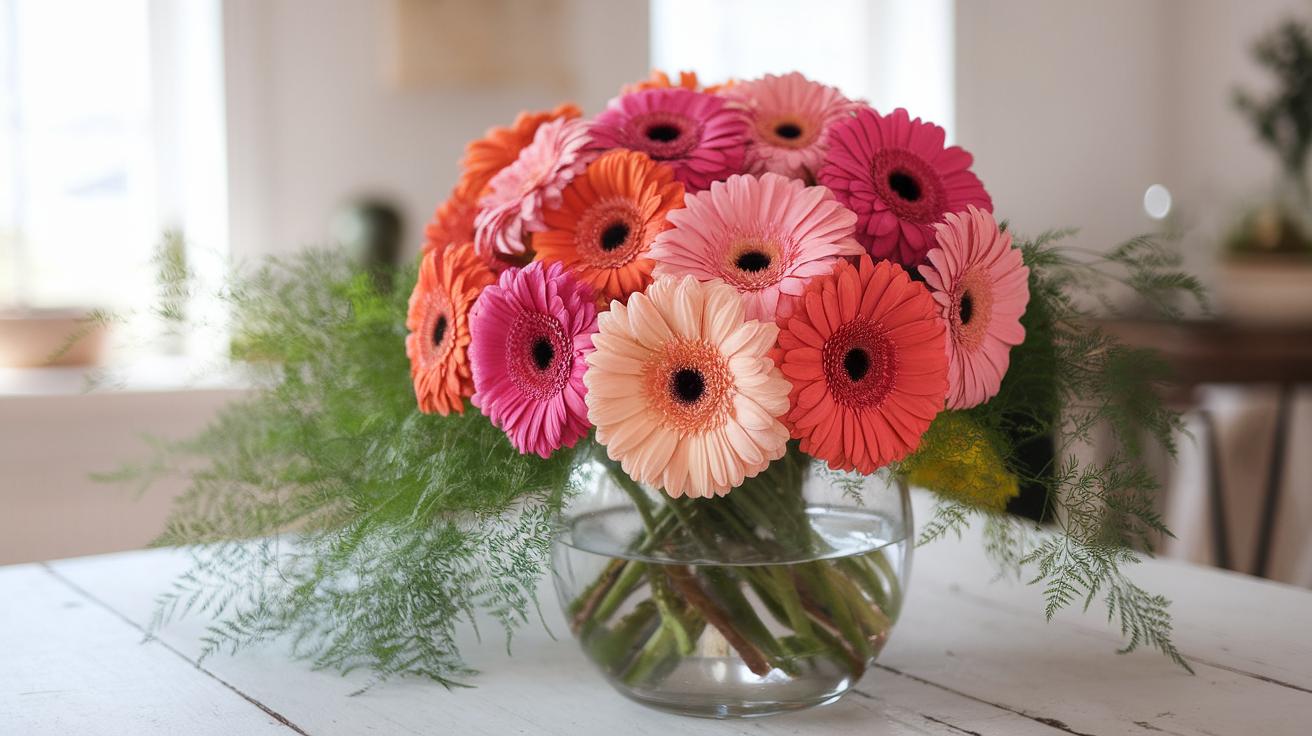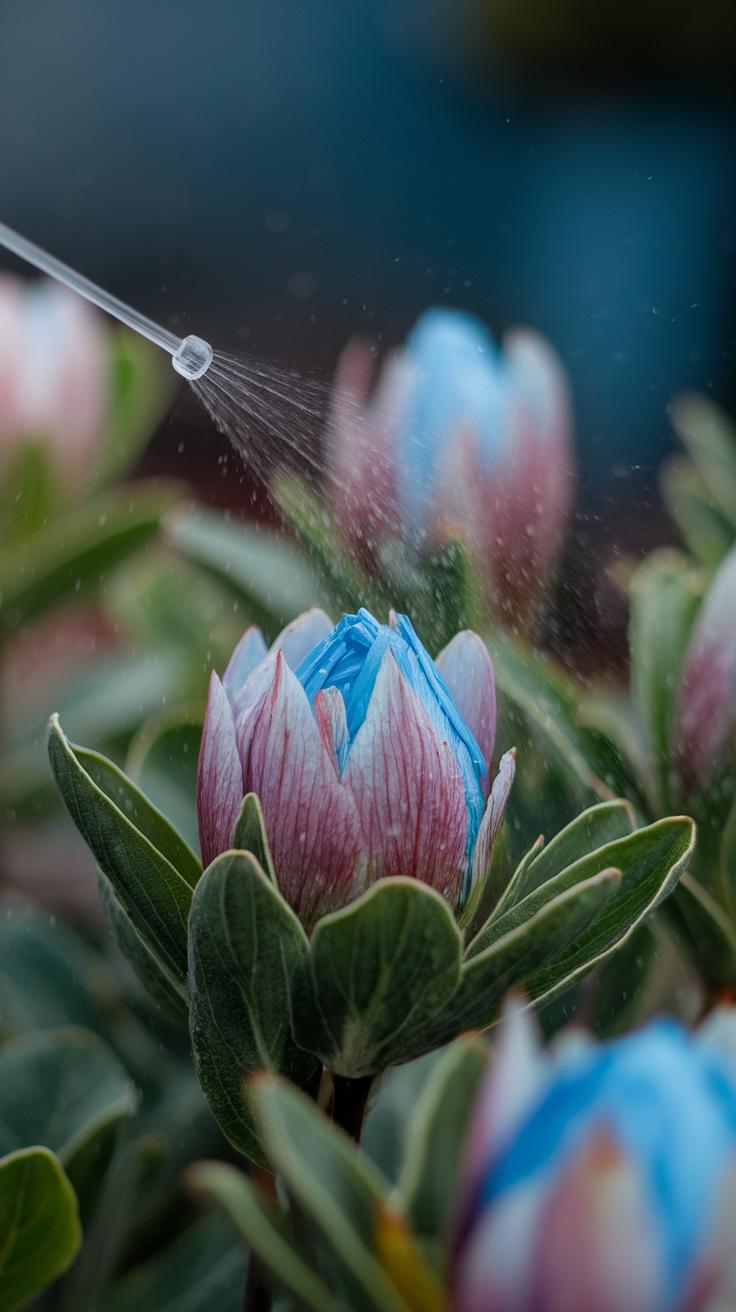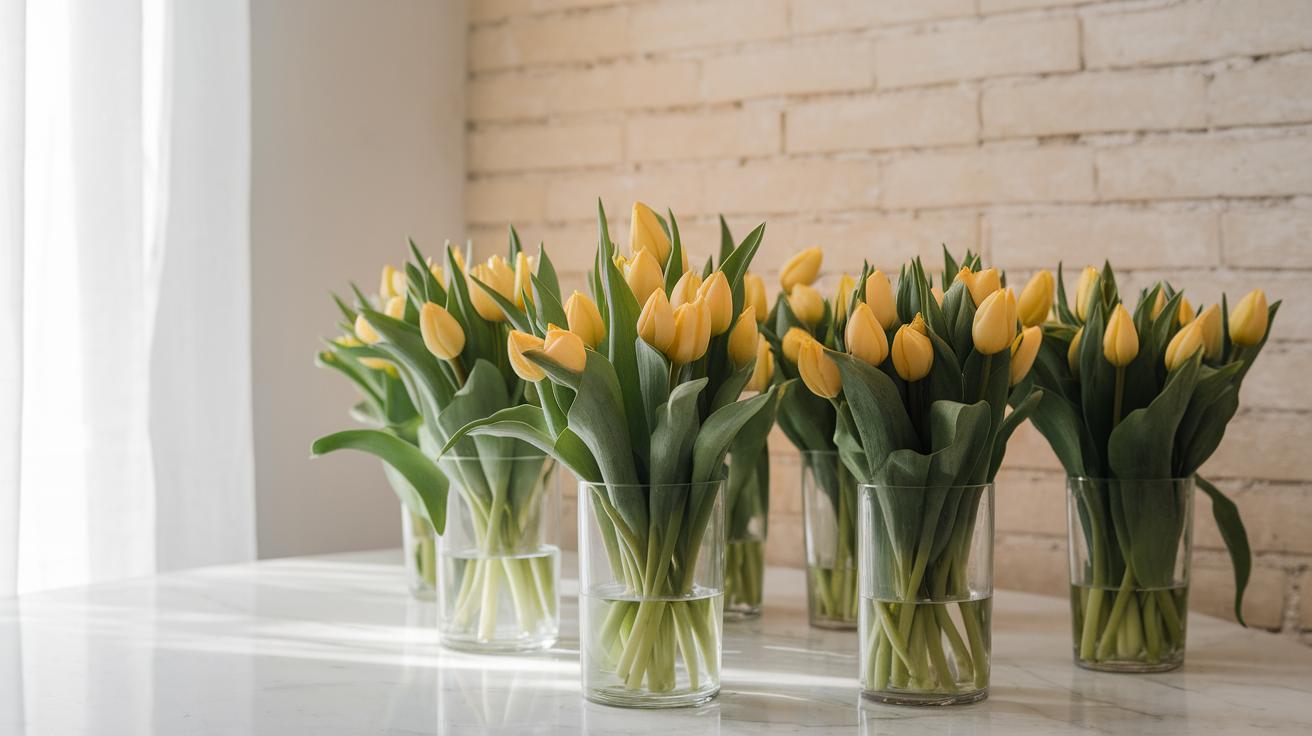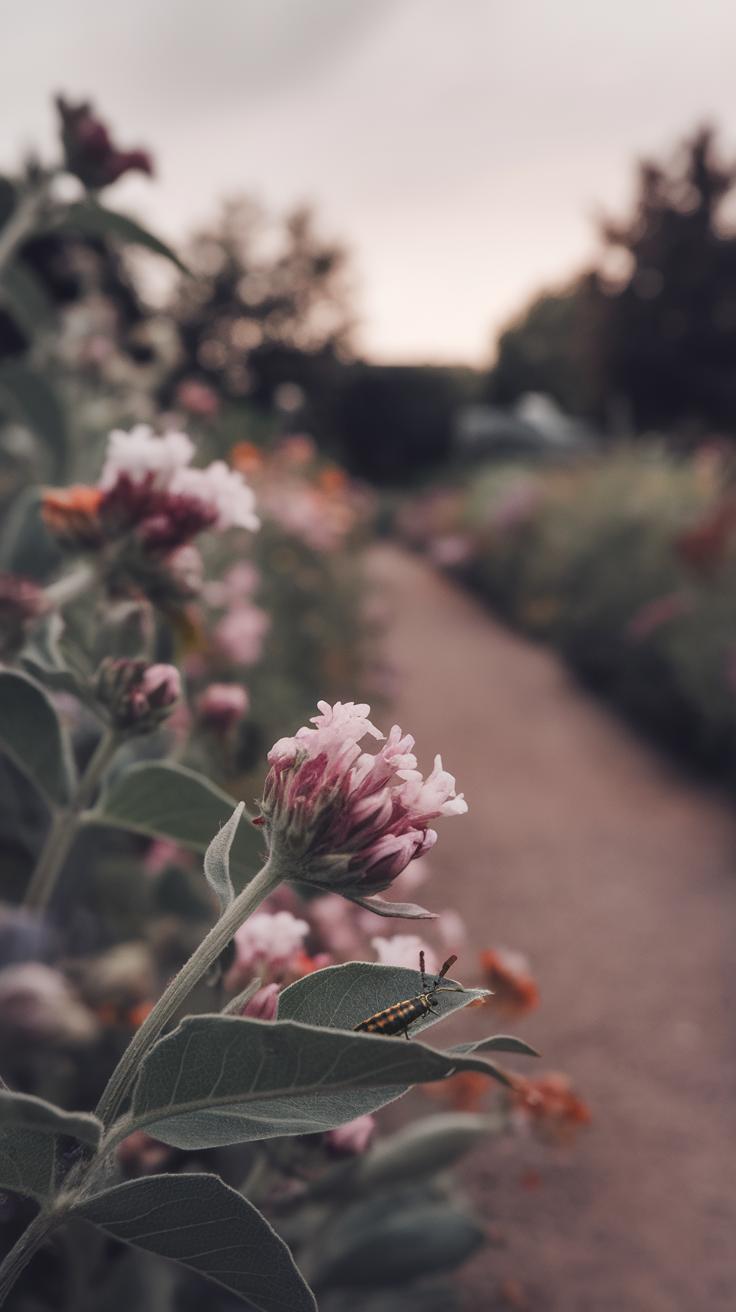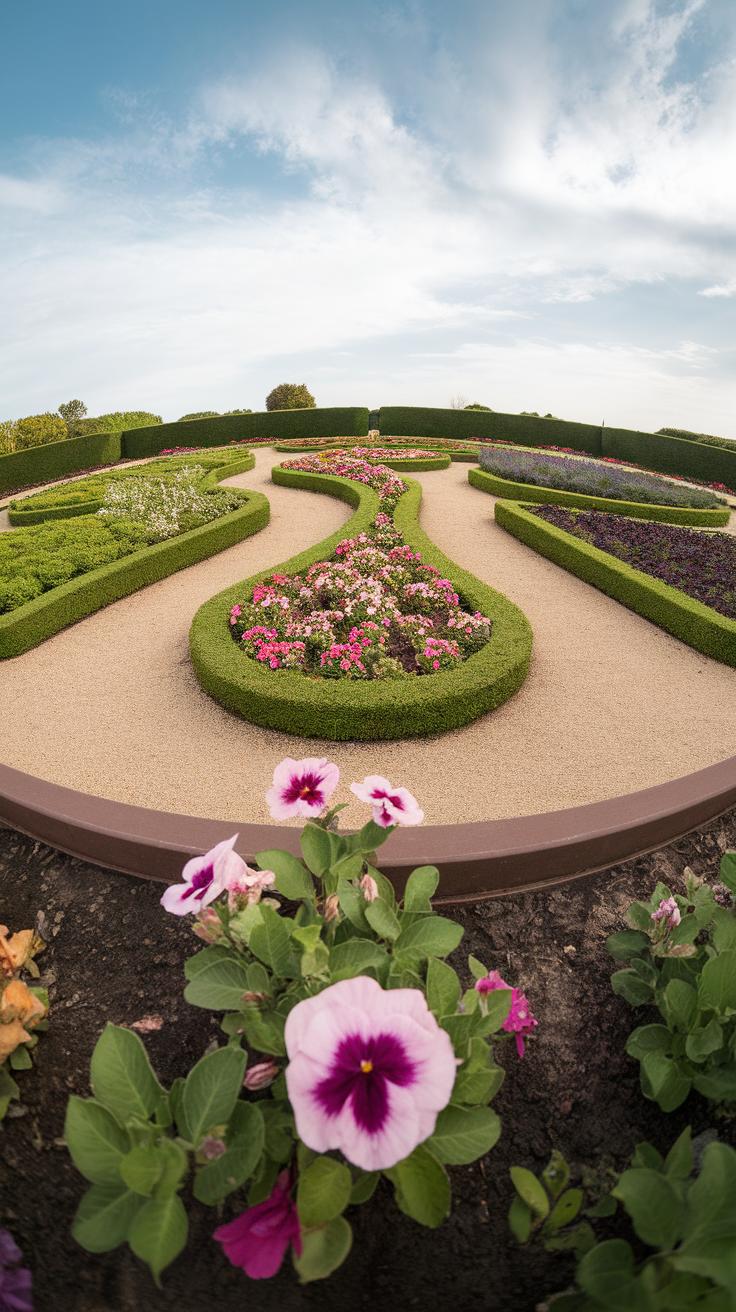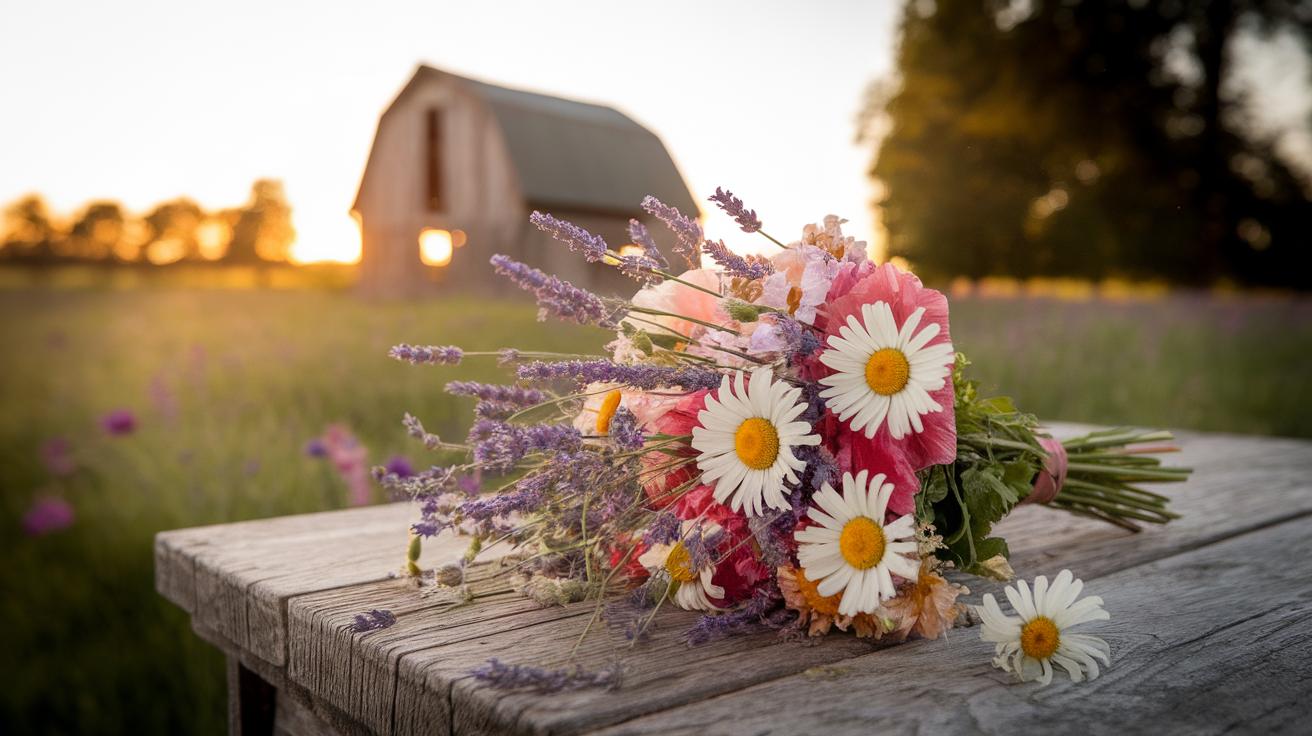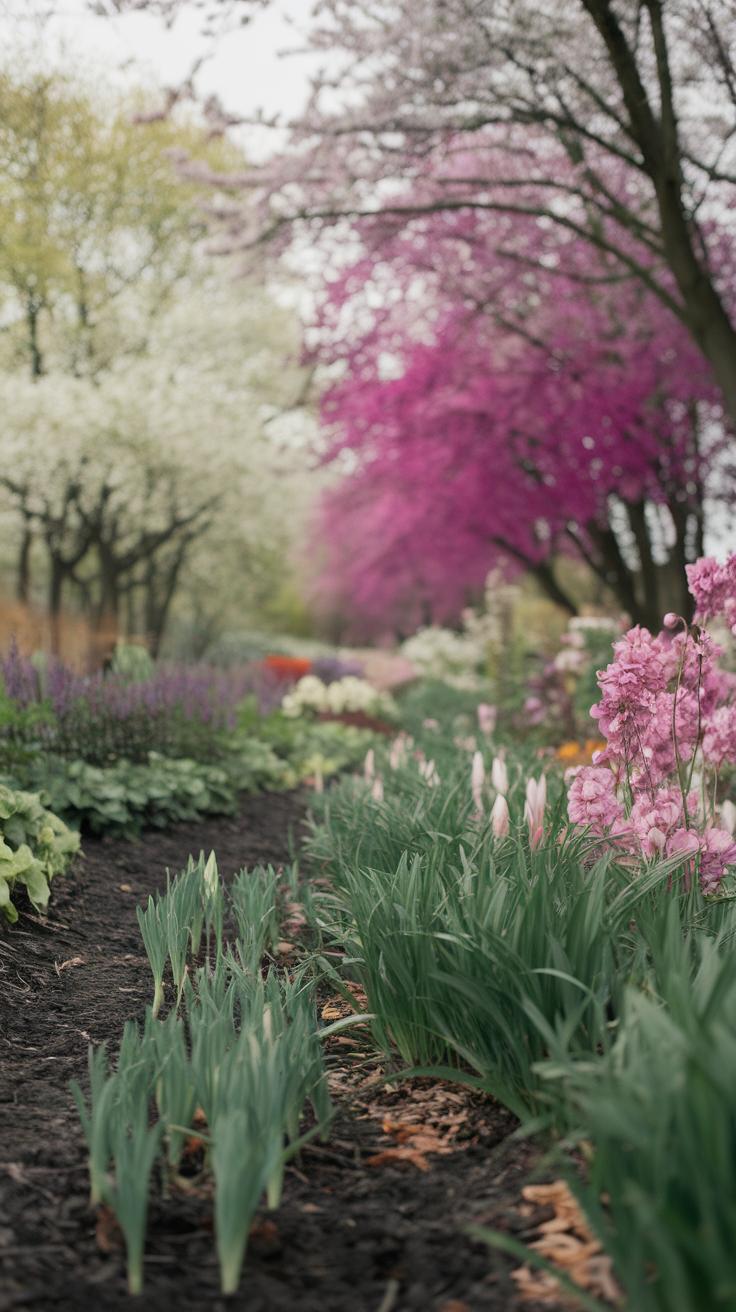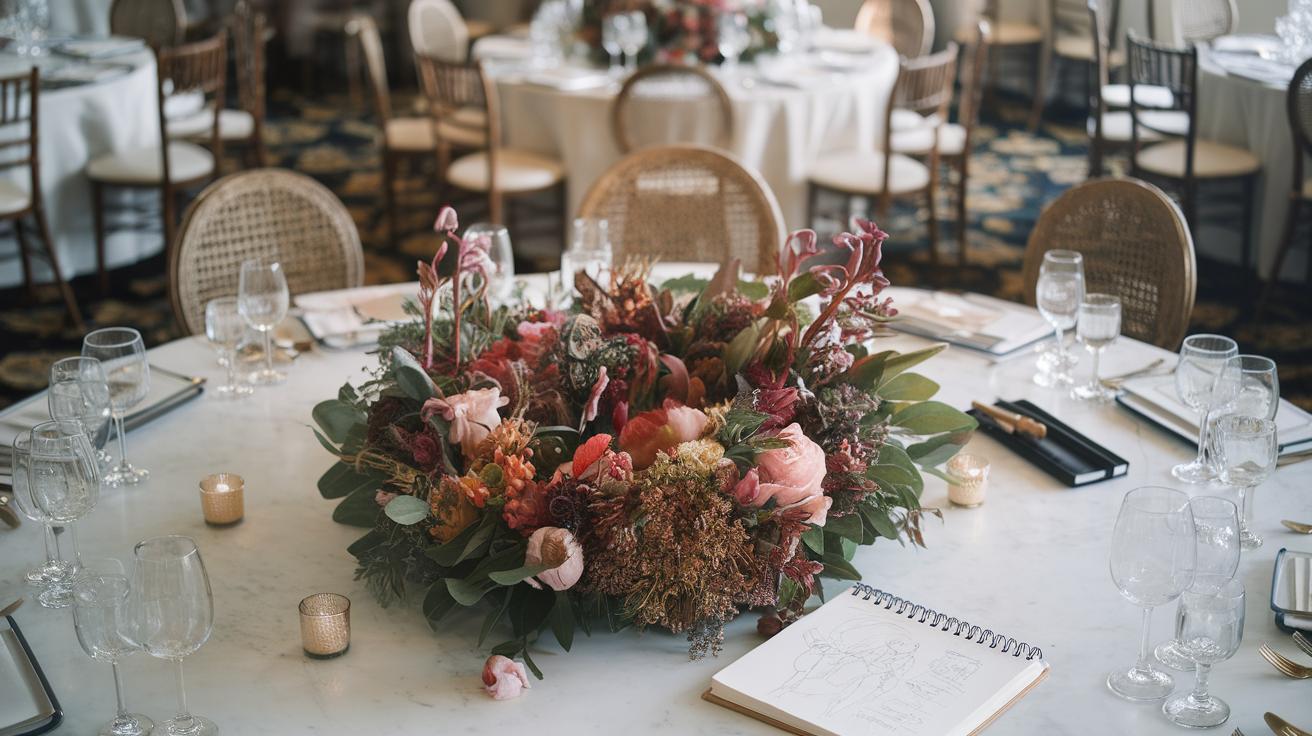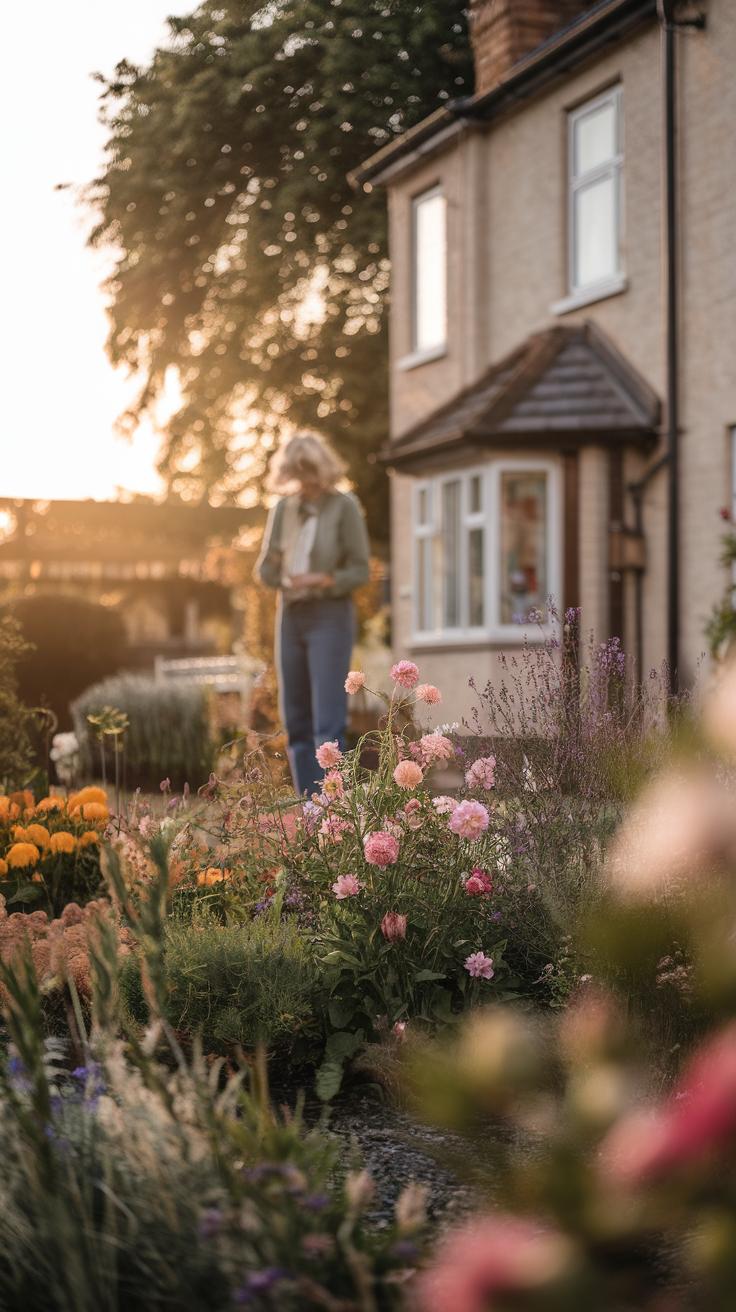Introduction
Spring flowers bring life and color to any garden. They mark the end of winter and herald warmer days ahead. Understanding the range of spring blossoms can transform your existing outdoor space into a vibrant sanctuary. This article aims to guide you in selecting the ideal spring flowers suited to your garden’s design and conditions, ensuring your bloom displays beauty and harmony.
From understanding climate and soil requirements to exploring planting techniques, each section offers valuable insights. You will learn practical tips for color arrangements and maintenance. Plus, you’ll discover creative ideas to showcase your garden’s beauty throughout the spring. Whether you are an experienced gardener or taking your first steps, this article will help bring your vision to life.
Spring Flower Overview
Spring flowers bring life back to your garden after the winter. They signify renewal and vibrant color. You can find many varieties, each with unique shapes and colors. Tulips, daffodils, and hyacinths bloom early, while pansies and petunias last into the late spring. Understanding these varieties helps you make informed choices when designing your garden.
Choosing the right spring flowers can transform your outdoor space. They can attract beneficial insects, such as bees and butterflies. You might ask yourself: What colors do you want? Which flowers will thrive in your area? Selecting blooms that complement each other adds harmony to your design. Blend tall flowers with shorter ones for depth. Mixing textures and forms offers visual interest. Your garden should reflect your style while being functional and inviting. Consider your local climate and garden layout to create a striking display this spring.
Choosing the Right Flower
Understand Your Climate
Selecting the right spring flowers starts with understanding your climate. Different flowers thrive in various climates. If you live in a warmer region, consider planting zinnias or marigolds. If your area has cooler temperatures, focus on pansies and primroses. Climate affects blooming times and overall flower health. Have you checked your USDA plant hardiness zone? This information can guide you in choosing flowers that will flourish in your garden.
Evaluate Your Soil Type
Your garden’s soil plays a significant role in flower selection. Sandy soil drains quickly, making it suitable for drought-resistant plants like lavender. Clay soil, which holds moisture, can support flowers like asters or black-eyed Susans. Conduct a simple soil test to determine pH and nutrient levels. Are you willing to amend your soil to support specific flowers? Tailoring your soil conditions can lead to a more vibrant garden.
Successful Planting Techniques
Preparing for Planting
Start your spring flower planting by preparing the soil. Clear away weeds and debris. Loosen the soil to improve drainage. This promotes healthy root growth. Test your soil’s pH level. Spring flowers like daffodils thrive in slightly acidic soil, while others prefer neutral settings. Adjust your soil accordingly. Have you checked your soil texture? A mix of sand, silt, and clay can optimize conditions for many flowers.
Planting Flowers
Next, carefully place your flowers in the soil. Dig holes that are two times wider than the root ball but no deeper than its height. This allows the roots to spread while keeping the base of the plant at the soil level. Arrange flowers based on their growing habits to minimize competition. When will you plant? Early spring is the best time to ensure they establish before the heat of summer arrives. Water them thoroughly after planting. How will you keep them hydrated as they grow?
Color Combinations in Flower Design
Creating striking color combinations with spring flowers can transform your garden. Start by understanding color theory. Use a color wheel to guide you. Choose complementary colors like purple and yellow for visual impact. Pairing these colors creates energy in your garden.
Consider analogous colors, which are next to each other on the color wheel. For instance, blues, greens, and purples blend well to create a calming effect. Plant bluebells, tulips, and hyacinths together for a serene spring scene. You could also create contrast with bright reds and warm oranges. This combination can add warmth to your space.
Think about which colors reflect your personality or style. Do you prefer bold and bright, or soft pastels? Personalizing your color palette makes your garden unique. This process allows you to express yourself in your outdoor space.
Flower Arrangement Ideas
Arranging spring flowers can make your garden come alive. Consider grouping flowers in clusters rather than spacing them out. This approach creates a fuller look and draws attention to specific blooms. For example, place a cluster of tulips in bright colors in front of a backdrop of soft pastel pansies. The contrast highlights each flower’s unique features.
Another idea is to use height variations. Arrange taller flowers like delphiniums at the back or center of your garden bed. Lower-growing flowers, such as lobelia, can fill the front. This layering technique ensures that every bloom is visible. Have you thought about using decorative containers? Mixing container gardening with in-ground flowers adds depth and character.
Think about seasonal pairings too. Combine spring bulbs like daffodils with annuals like petunias. This approach extends your bloom time and enhances your garden’s visual appeal. Finally, remember to consider the spacing of plants. Crowded plants can compete for nutrients and water. Give each one enough room to thrive.
Maintenance Tips
Maintaining your spring flowers requires regular attention. Water your flowers consistently, especially during dry spells. A deep watering session once or twice a week often keeps the soil moist without over-saturating it. How often do you check the moisture of your soil? This simple step prevents root rot and promotes strong growth.
Fertilizing is another key aspect. Use a balanced fertilizer designed for flowering plants. Apply it every four to six weeks to provide necessary nutrients. You want your flowers to thrive and produce vibrant blooms. Have you considered the specific needs of each flower type in your garden?
Regularly remove dead or wilted flowers. This practice, known as deadheading, encourages new blooms. It also keeps your garden tidy. Observing your plants closely helps you identify any growth changes. How often do you spend time just watching your garden? Take note of any pests or unusual signs early. Quick action can save your blooms from damage.
Pest and Disease Management
Spring flowers, while beautiful, face challenges from pests and diseases. Common pests include aphids, snails, and slugs. Aphids suck plant sap and weaken flowers. Check for sticky residue or curled leaves to spot them early. You can manage aphids using insecticidal soap or introducing ladybugs, which eat them.
Snails and slugs munch on tender leaves, leaving holes and trails. Placing barriers like crushed eggshells or copper tape around your plants can deter them. Hand-picking these pests at dawn helps reduce their numbers.
Diseases like powdery mildew and root rot can affect spring flowers. Powdery mildew appears as a white, dusty coating. Ensure good air circulation and avoid overhead watering. Root rot occurs in damp soil, so planting in well-draining soil is vital. Are you prepared to protect your flowers from these threats?
Using Spring Flowers in Landscaping
Incorporating spring flowers into your landscape design can elevate your outdoor space. Choose flowers that complement the overall theme of your garden. Start with a focal point. Plant a larger flower like peonies or tulips in the center, surrounded by smaller blooms like pansies or daffodils. This creates visual interest and draws the eye.
Think about color palettes. Combine colors that contrast well or blend harmoniously. For example, yellow daffodils can brighten up a bed of purple violets. This approach adds depth and dimension to your garden. Use varying heights for added appeal. Taller flowers in the back and shorter ones in the front enhance the design.
Consider your garden’s light and soil conditions. Some flowers thrive in shade, while others prefer full sun. Knowing this can guide your plant choices. You might want to designate areas for specific flower groups based on their needs.
Lastly, think about maintenance. Some flowers require more care than others. Choose a mix that suits your lifestyle. Will you have time to deadhead or water regularly? Understanding your commitment can help you create a sustainable landscape. What flowers inspire you to design your ideal spring garden?
Seasonal Continuity
Plan your garden so you have flowers blooming from early spring through late spring. Start with early bloomers like crocuses and snowdrops. These flowers often emerge while winter is still departing. Then consider tulips and daffodils, which bring vibrant color as the season progresses. Mid to late spring can feature irises and peonies for continued interest.
Using a mix of flower types helps create a wave of colors throughout the season. Consider the bloom times of each plant. Check gardening catalogs or websites for specific flowering periods. You want to avoid gaps where nothing is in bloom. Have you thought about planting flowers that bloom at different heights? Layering flowers can add depth and make your garden visually appealing.
Regular maintenance matters too. Deadheading spent blooms encourages new growth. Will you take time for this task? With a little planning, your garden can be a continuous display of life and color through the spring months.
Showcasing Your Garden
To truly highlight your spring flower garden, create visual layers with various heights and textures. Plant taller flowers like sunflowers or delphiniums at the back of beds and shorter blooms, such as pansies or daisies, at the front. This arrangement draws the eye and makes your garden look fuller.
Incorporate borders or pathways using stones or mulch that contrast with the flowers. Such elements guide visitors through your space and enhance the overall look. You can also use pots or hanging baskets filled with colorful spring flowers to add dimension. Position these items at the entrance or along pathways for a warm welcome.
Consider using lighting to brighten your garden at night. Solar-powered lights can illuminate key features, creating a soft glow that makes evening strolls enchanting. How do your flowers look under the lights? Experiment with placement for the best effect.
Conclusions
Sprucing up your garden with spring flowers can yield stunning results. You now understand the various factors that influence flower selection and planting success. By choosing the right varieties and following maintenance tips, you can enjoy a flourishing display all season long. Remember to consider your garden’s climate and soil to support your plants effectively.
With the knowledge gained from this article, you can confidently design a spring flower garden that captivates. Engage with your community by showcasing your efforts and inspiring others. Your vibrant garden can become a cherished place for relaxation and enjoyment, enhancing your home and surroundings.

